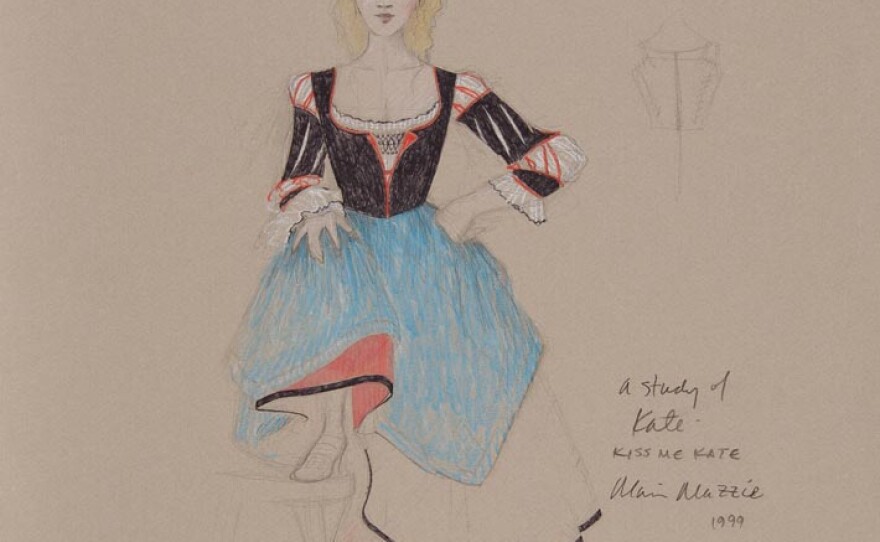There is nothing that says theatre, in the traditional sense, like William Shakespeare. We read his plays while still in school, perhaps see "Romeo and Juliet," or "A Midsummer Night's Dream" played by an amateur theatre troupe. Sometimes, we get our first glimpse of Shakespeare's genius through movies. Sir Laurence Olivier on the big screen, playing "Hamlet," "Richard III," and "Henry V," showed us the dramatic and historical side of Shakespeare. These movies also demonstrated the power of music to enhance the drama. The composer Sir William Walton, led the way.
But music has long been associated with Shakespeare. Though he was not a composer, he wrote in a manner which has inspired many composers to set his words to music. Schubert comes to mind, but one must also think of Giuseppe Verdi, who saw the musical power of Shakespeare not only through his words, but also through the suggestion of dramatic musical theatre. And, of course, Shakespeare recognized a good song when he heard one. He would often place within his plays popular melodies, dances and songs of the period.
The images in this slideshow come mostly from The Tobin Collection of Theatre Arts at San Antonio's McNay Art Museum. There are costume sketches, drawings of scenic designs, and then the scale models of sets, called maquettes. These are often extravagant, but sometimes quite simple. The sketches and the models are meant to show the way to those who labor in the costume shops, or build the scenery. This is what we see when we go to the theatre. However, the experience of seeing the process reveals every bit as much creativity and artistry as the more obvious genius of the playwright, the director, and the producer. Robert Tobin recognized this, and he collected the artifacts of theatrical process assiduously.
In some cases, you may recognize the sketches, or elaborate maquettes, from performances you might have seen. One can see the costumes designed by Martin Pakledinaz in the film version of the 1999 revival of Cole Porter's "Kiss Me, Kate." More likely, these slides will stir your imagination more than your memory, and that is what they intend to do. In doing this, they beg the question of whether the true "art" is what we see on the stage, or in our minds, or is the artist's vision there from the very beginning, even if it's just a sketch on a cocktail napkin?

















